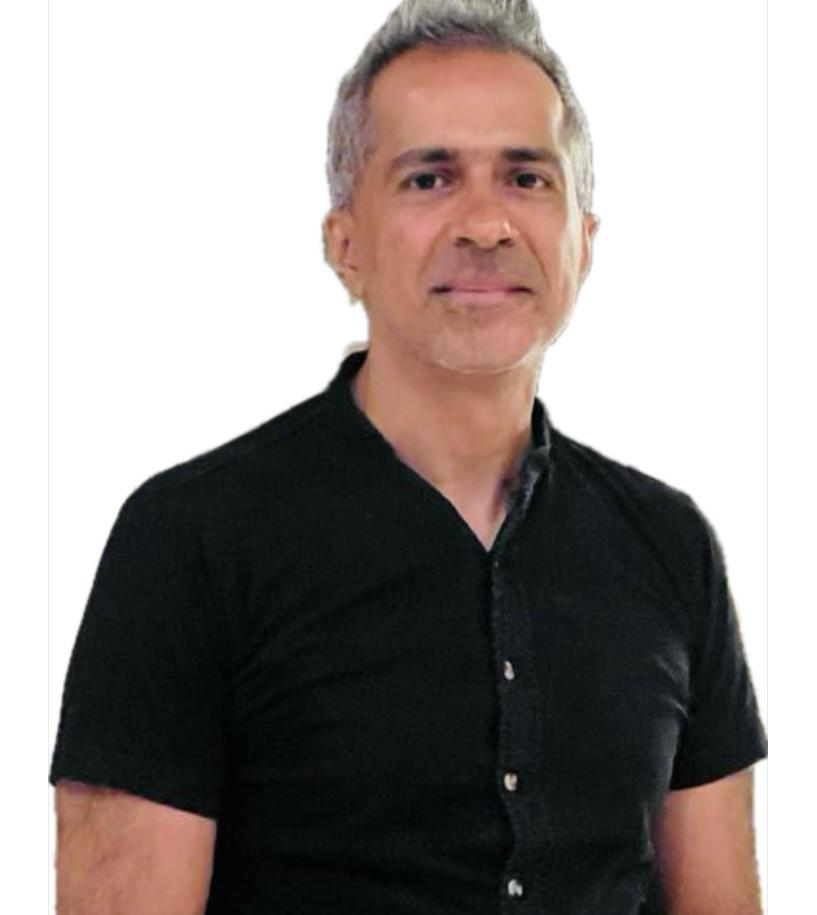
SUMMARY
Translation Companies and Translation Service Provider offer dubbing, subtitling, and adaptation to localize film content with cultural accuracy.
A medical translation company ensures precision through specialized workflows, expert translators, and compliance with local regulations.
Translating for the film and television industry includes many techniques, primarily subtitles and dubbing. The purpose is to make the content accessible to a global audience. Today, many translation companies and specialized translation service providers play a critical role in enabling this global reach.
Subtitling is the process of displaying the translation of the spoken dialogue (and commentaries on essential aspects of the screenplay) without altering the existing original audio playback. The challenge of subtitling is that it must convey both the semantic meaning and the intended function of the speech as accurately as possible, while also fitting within the timing and space constraints of each frame or scene. It must also consider the average reading speed of an educated audience to be effective. At the same time, subtitles should be culturally sensitized and sanitized, respecting the sensibilities of the host audience. Many translation service providers offer specialized subtitling solutions tailored to specific linguistic and cultural contexts.
Dubbing refers to the replacement of the spoken audio track with a voice in another language. This process includes translation as well as the matching of lip movements and the emotional tone of the original actors. A considerable degree of cross-cultural adaptation takes place during dubbing, which goes far beyond a simple language swap. Translation companies with experience in audiovisual media often provide expert dubbing services to ensure high-quality localization.
Adaptation is another component of localization that extends beyond basic translation. It involves explanatory notes and modification of content to ensure that it aligns with the target culture, including idioms, context, and frame of reference. A professional translation service provider will typically offer adaptation as part of a comprehensive localization package.
The technical challenges in film translation are as complex as those in filmmaking. Lip- syncing, voice matching to suit the role and artist, and the translation of on-screen text—such as signs, book titles, or device messages—are all essential. Since films are a multi-modal medium, involving sound, visuals, and written text, translation must also be multi-modal to preserve the storytelling integrity.
Professional recording and mixing studios have become essential in supporting the increasing intercultural and cross-linguistic exchange of entertainment content. Tools, software, and standardized protocols for subtitling and closed captioning are now common, and many translation companies utilize these technologies to deliver consistent and technically sound
outputs.
Quality control is a crucial part of the process. It involves reviewing translation accuracy, verifying technical consistency, and editing the translated script and dialogue. High-quality outputs often depend on the experience and attention to detail of the translation service provider involved.
Finally, the legal aspects—such as intellectual property rights, distribution regulations, and international legal differences—represent another key consideration. As with any global trade, these issues are significant, but they become even more pressing due to the digital nature and expansive reach of audiovisual media.
Need professional translation, localization, or language solutions tailored to your industry? We’re here to help you communicate seamlessly across borders. Connect with us today to discuss your project requirements.
WhatsApp us
Reach out for secure services.
WhatsApp us
